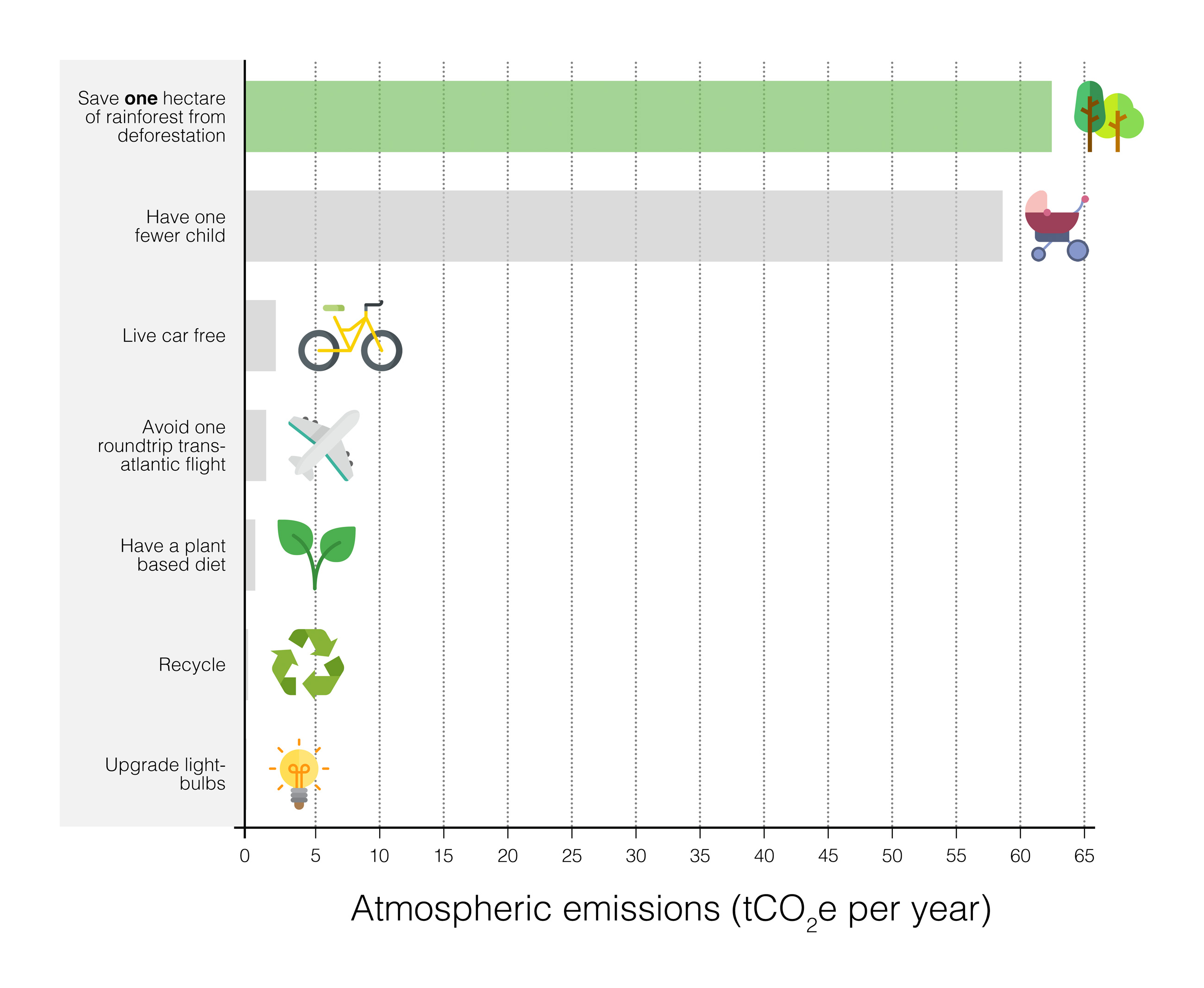Khamai (meaning “on the ground”) is an US- and Ecuador-based 501(c)(3) non-profit seeking to save highly biodiverse tropical forests, protect overlooked endangered species, and combat climate change by connecting our donors to the forests and communities in perpetuity. Khamai focuses on creating reserves for amphibians and reptiles, which can be particularly susceptible to environmental degradation and pollution. By protecting this often ignored animal group, in turn hundreds if not thousands of other species in the reserves will be protected, too. The foundation is unique in having the following goals:
1. Creating reserves targeting amphibians and reptiles, an ignored group.
2. Protecting species not yet described or still not evaluated by the IUCN.
3. Accelerate the discovery of new species.
Khamai Foundation seeks to mitigate the adverse effects of climate change by saving rainforests from deforestation. The destruction of tropical forests is responsible for up to 15% of net global carbon emissions each year. This is more than what is produced by all of the planet’s cars, planes, ships, and trains combined. Every day, more than 28,000 hectares of tropical forest are destroyed. By protecting forests, you can help keep the carbon they store from ending up in the atmosphere.


Table 1: Reduction of atmospheric emissions (tCO2e per year) from various individual actions. Based on data from: Wynes & Nicholas (2017) and Klitgaard et al. (unpublished).
Join our newsletter to receive updates about Khamai Foundation, Pitalala Reserve, and our various research projects. |
